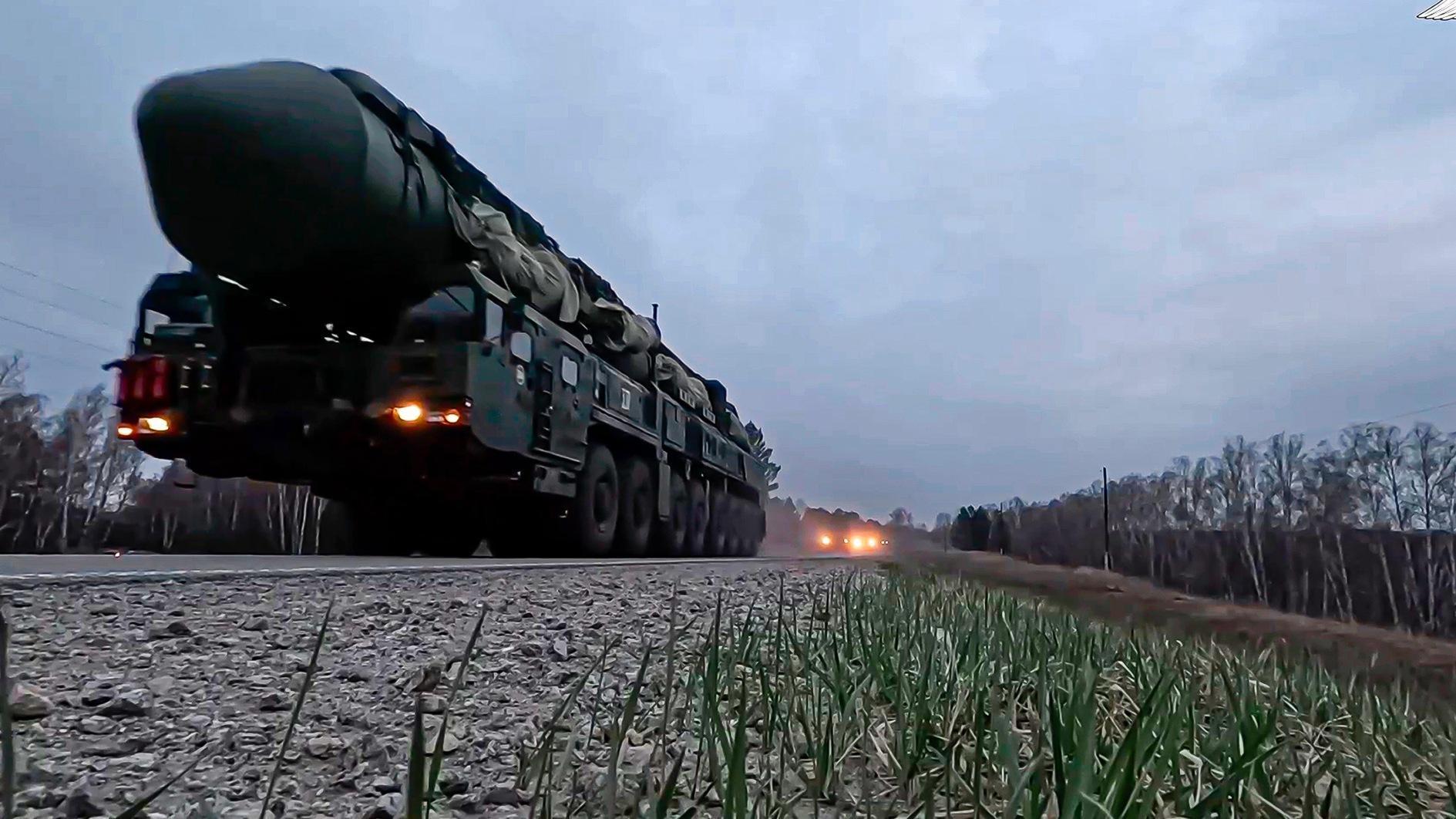Is targeting inflation feasible?
As I learned from some economist friends who also have columns in various newspapers, the Central Bank of Turkey recently and silently arranged an international conference on inflation targeting. Inflation targeting is not a new and original policy which several governments and central banks have been implementing since 1990. And inflation targeting is not a very complex concept. As an economic policy generally central banks estimate a target inflation rate and use monetary tools, mainly interest rates to steer actual inflation rate towards that target.
For the success of this policy, estimated target must be realistic and fiscal policy must support monetary policy implemented by central banks. Otherwise central banks face credit erosion. Unfortunately any serious domestic or international problem makes inflation targeting difficult. Almost all countries ,including Turkey, which preferred inflation targeting to control and direct price fluctuations have experienced various difficulties to implement that monetary policy during the recent crises.
Another important point for the success of inflation targeting is transparency and close coordination of all economic authorities. Years ago I attended an international conference in London where a representative from the central bank of New Zeeland was present. That country was the pioneer of the inflation targeting policy. When he explained how they were successful to control a galloping inflation and reached at last modest price levels, he did not mention any econometric models, mathematical equations etc.
This did not satisfy most of the economists who attended the conference; but nobody dared to ask. At last , because of my age I dared to ask what kind of mathematics they used to estimate the target. Surprisingly he answered that they did not use any mathematical or econometric model and did not make any correlation analysis using the past data to estimate the target; success depended on the acceptance of transparency , close coordination and sincerity of all authorities which were responsible for managing the national economy. Then everybody which were present in the conference understood that to secure the necessary conditions for the success of inflation targeting were much more difficult than to construct complex econometric models. Failures of this monetary policy in many countries since 1990 have proven that.
Although the world economy is in the middle of a serious crises and faces a probable recession period, it must be accepted that inflation risk is still there. Rich countries which opened stimulus packages were at first indifferent for that risk. Now small notes which began to come from both the European Central Bank and the Federal Reserve Bank express some concerns.
The rich and developing countries together for a long time had created a belief that higher growth rates and high rates of inflation always walk hand in hand. After a long period of stagflation rich countries realized that inflation is the biggest economic problem to tackle. On the other hand inflation guided growth became almost fate for most of the developing countries.
The Central Bank of Turkey estimated year end inflation figure as around 9 percent. However the Bank also says, this figure will become quite modest next year mainly because of the slowdown in economic activity. The big question is if growth accelerates again, as estimated, in 2013, will the price increases follow the same pace ? The conditions for the success of inflation targeting policy must be kept in mind. Keeping the credit of the Central Bank on the same level, these conditions must be secured also during the coming years. Otherwise the feasibility of the inflation targeting will disappear and the Central Bank can not explain why there is a big and serious discrepancy between the actual and targeted figures.










